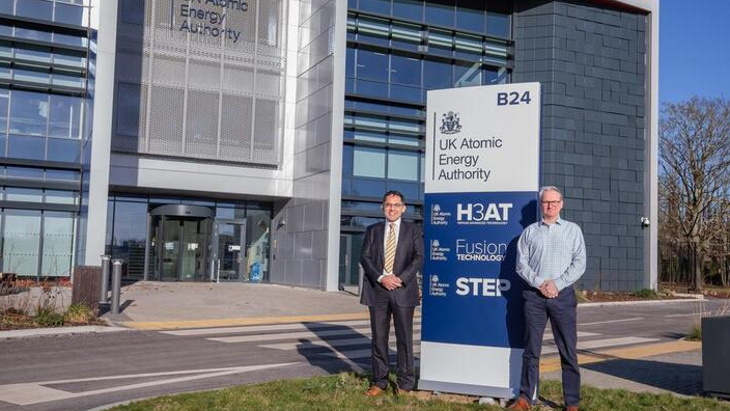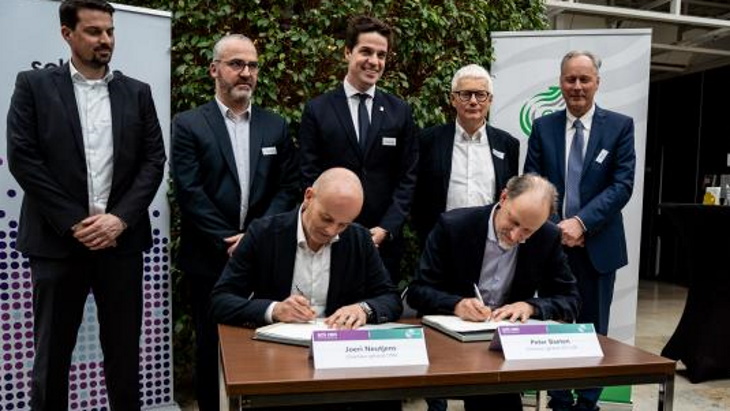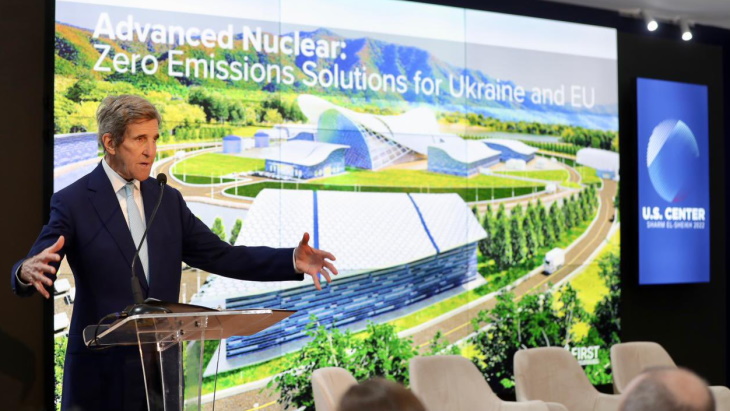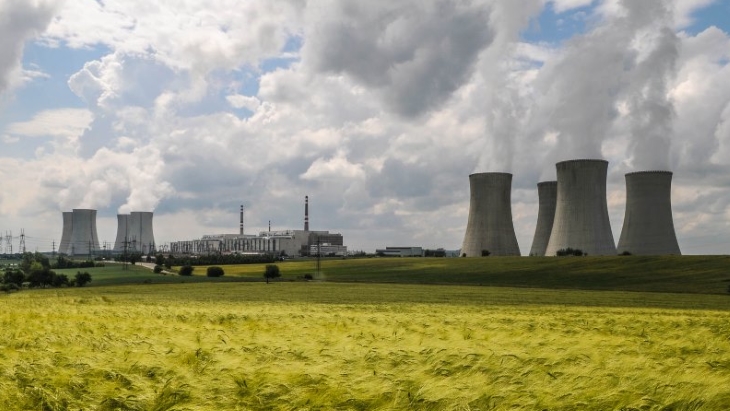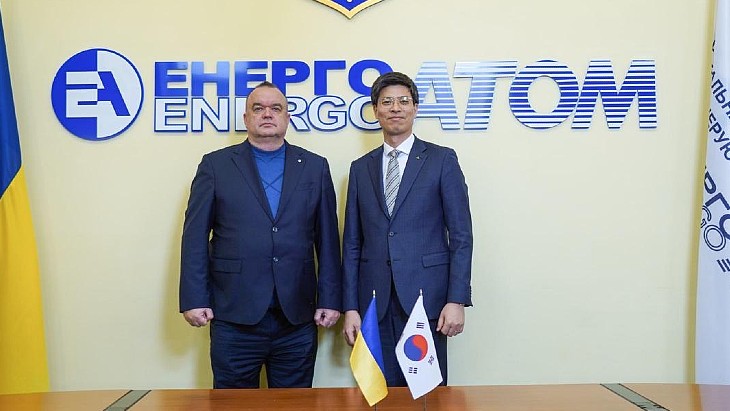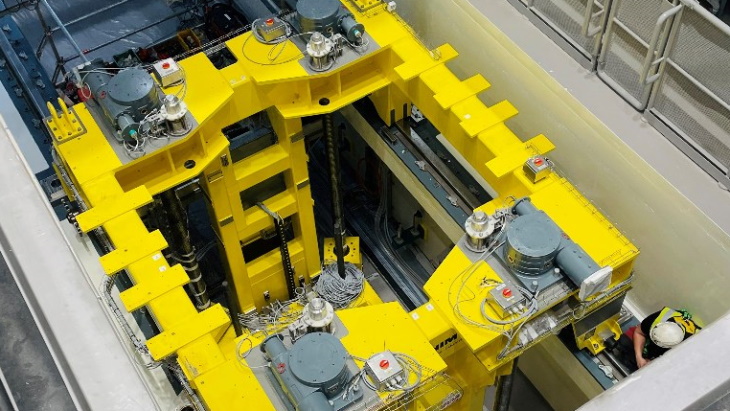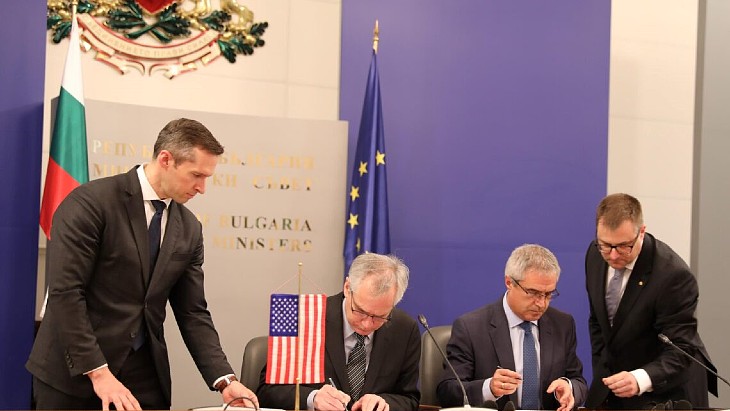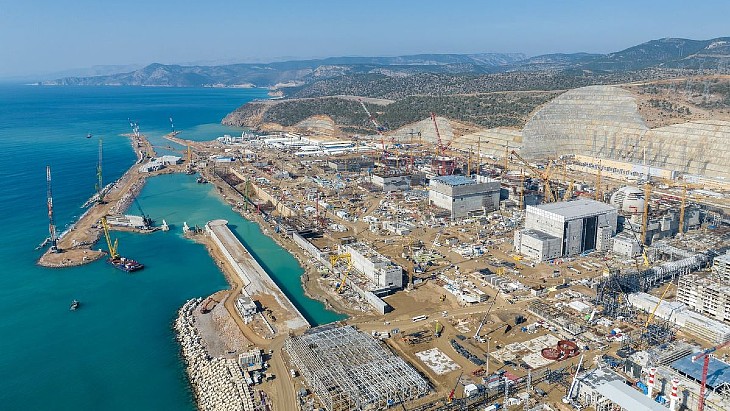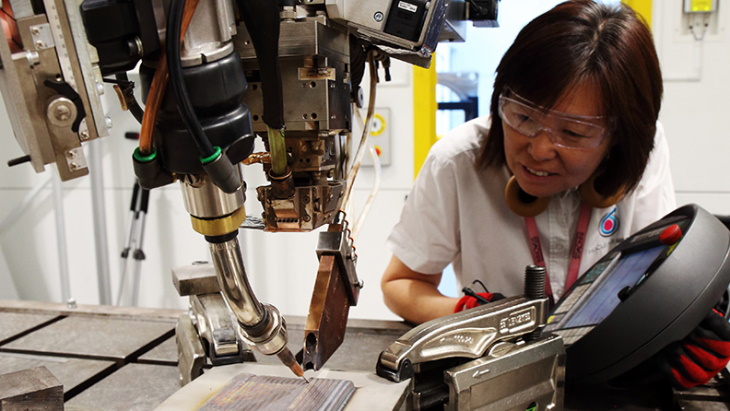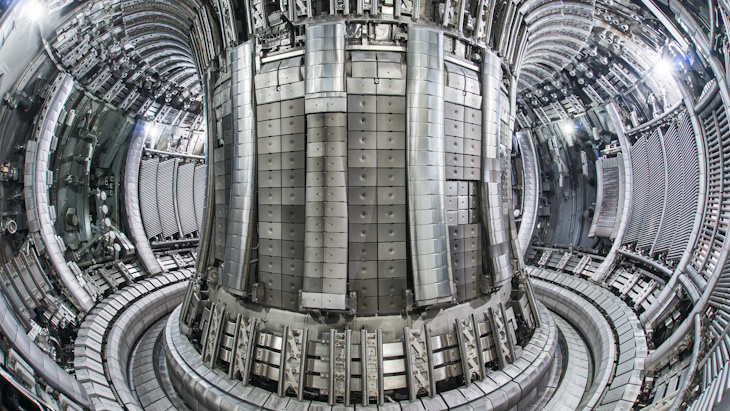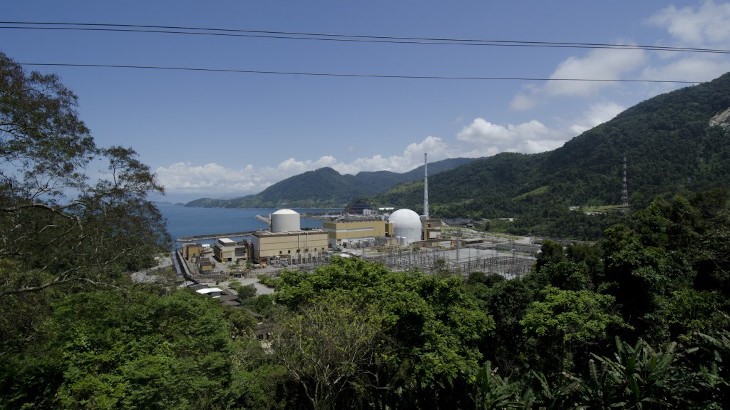Source: https://www.world-nuclear-news.org/Articles/Canadian-British-partnership-for-fusion-developmen
The United Kingdom Atomic Energy Authority (UKAEA) and Canadian Nuclear Laboratories (CNL) have signed a collaboration framework agreement to partner on the development of technologies in relation to the management of tritium, an isotope of hydrogen used as fuel in fusion energy.
A key focus of the partnership will be on hydrogen isotope management within the fusion fuel cycle, safely removing, processing, and reinjecting fuel to the plasma in a continuous manner. Hydrogen isotope management is an essential part of the fusion fuel cycle - tritium needs to be separated from other hydrogen isotopes in the exhaust gas so that it can be recycled and reused as a fusion fuel. Tritium is rare in nature, so managing tritium efficiently is crucial to fusion energy's commercial viability.
The first project under this collaboration will involve samples of candidate materials for isotope separation being analysed at both CNL's facilities in Chalk River, Ontario, and UKAEA's facilities in Culham, Oxfordshire.
The UKAEA and CNL agreement establishes a framework in which the two organisations will conduct joint research projects, facilitate personnel secondments, share expertise for consultancy services, and work together to provide services to the fusion industry.
Both UKAEA and CNL facilities will also be leveraged in this partnership to advance tritium technologies required for fusion applications, including the design of tritium processing plants, tritium-compatible materials development, tritium breeder blanket technologies, tritium decontamination, and analytical equipment and the modelling of tritium handling processes.
"Fusion energy promises to be a safe, low carbon and sustainable part of the world's future energy supply," said UKAEA Executive Director Stephen Wheeler. "Tritium is a key fuel for fusion energy, and developing a commercial scale fuel cycle for the handling and reprocessing of tritium is vital to the delivery of fusion as a clean energy source.
"This collaboration between UKAEA and CNL brings together two of the largest and most experienced tritium research and operational teams in order to accelerate the development of new technologies for tritium processing."
Jeff Griffin, Vice-President, Science and Technology at CNL, said: "CNL has a proud history of working alongside the United Kingdom to advance clean energy technologies, and this agreement builds on that relationship, to pursue fusion technologies, a transformative clean energy solution for our respective countries."
"For our part, CNL has extensive expertise in the safe operation of facilities, storage and management of tritium, capabilities that will be critically important to this collaboration. Overall, we are thrilled to work with such a talented and internationally respected team of researchers at the UKAEA, and we cannot wait to get started," added Ian Castillo, Head of Hydrogen and Tritium Technologies at CNL.
This agreement complements the signing of a memorandum of understanding (MoU) earlier this week by the UK's Energy Secretary, Claire Coutinho, and Canadian Minister of Energy and Natural Resources, Jonathan Wilkinson, at the International Energy Agency's Ministerial Meeting in Paris. The MoU aims to enhance collaboration on key focus areas, including research and development, regulatory harmonisation, and skills and workforce development.
